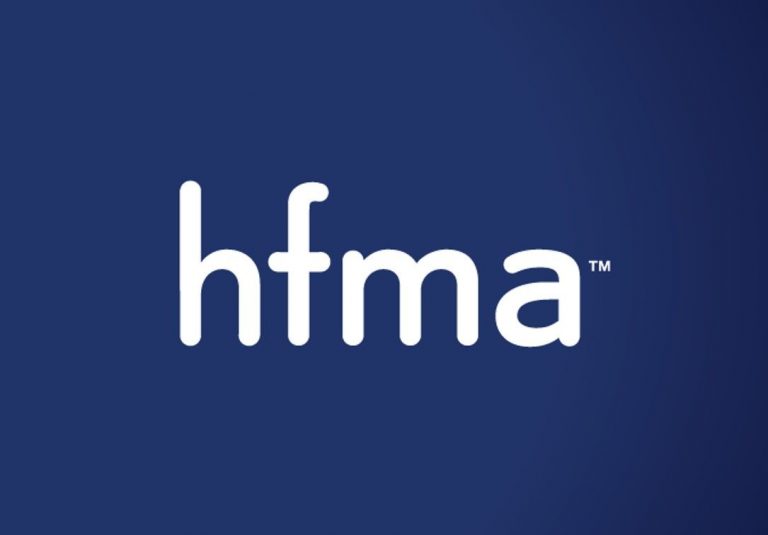

In Revenue Cycle Management (RCM), the era of digitalization has led to the interchangeable use of terms like “vast amounts of data” and “big data.” However, understanding the differences and similarities between these terms is crucial. In contexts such as Healthcare RCM, data drives decisions and outcomes on a daily basis, and Big Data solutions prove to be incredibly helpful.
Volume: More Than Just Lots of Data
Often, teams become stuck on the first aspect of Big Data—Volume. This is where the misunderstanding starts: Big Data is not merely Lots of Data. Healthcare providers often track millions of claims over many years of billing, requiring specific infrastructure to store this data. The other aspects of Big Data—Velocity and Variety—are often overlooked in this traditional claims model.
In healthcare RCM, patient information, claims data, and financial transactions often coexist in siloed systems. Until these datasets are integrated, standardized, and processed in real-time, they remain merely “lots of data,” not big data.
Beyond Volume: Uncovering Trends and Solutions
Organizations that integrate Big Data solutions move beyond volume to uncover trends, correlations, and solutions. For example, they can identify the root causes of recurring denials or predict cash flow challenges. As noted in Forbes magazine, “with Big Data… we no longer have to rely on sampling to determine the likely outcome of a population” (Williams, 2012). To achieve this transformation from traditional analytics tools, organizations will have to integrate different infrastructure and processes.
Steps to Transforming RCM with Big Data
- Consolidate and Integrate Data Silos: One of the first steps in transforming Revenue Cycle Management (RCM) with Big Data is to consolidate and integrate data silos. Establishing interoperability among systems like electronic health records (EHRs), billing software, and payer systems is essential. This allows for the unification of structured and unstructured datasets—such as claims data, EHR notes, and patient demographics—under a common framework, making them easier to analyze. Utilizing tools like APIs, ETL (Extract, Transform, Load) processes, or healthcare data integration platforms can help connect these disparate systems.
- Ensure Data Quality and Standardization: Next, ensuring data quality and standardization is critical. This involves cleansing and standardizing data to remove errors, redundancies, and inconsistencies, creating a “single source of truth” that guarantees data integrity across platforms. Employing data quality tools and frameworks like Master Data Management (MDM) and adhering to industry standards such as HL7 or FHIR can facilitate this process.
- Adopt Scalable Infrastructure: Transitioning from traditional databases to big data frameworks capable of handling large-scale processing and storage is another key step. This includes adopting technologies such as Hadoop, Spark, or cloud-based solutions, enabling scalable storage and real-time processing to manage the influx and variety of data. Leveraging secure, HIPAA-compliant cloud services ensures that these solutions align with healthcare data regulations.
- Incorporate Real-Time Data Processing: Incorporating real-time data processing systems is also crucial. Implementing systems that collect and analyze data streams in real time, such as IoT devices, patient portals, or claims transaction systems, increases data velocity, enabling immediate insights and quicker decision-making. Utilizing real-time analytics tools and event-driven architecture helps capture and process data continuously.
- Invest in Advanced Analytics Tools: Investing in advanced analytics tools is another step toward transforming RCM with Big Data. Applying machine learning, AI, and predictive analytics can mine insights and patterns from big data, moving beyond retrospective reports to predictive and prescriptive analytics that drive proactive RCM strategies. Predictive models for claims denials, machine learning for coding accuracy, and AI for automating repetitive tasks like claims processing are practical applications of these technologies.
- Foster Data Governance and Security: Developing policies and frameworks to govern data usage, privacy, and compliance is essential for fostering data governance and security. This ensures ethical and secure handling of sensitive healthcare data while promoting transparency. Implementing role-based access control (RBAC), encryption, and conducting regular audits help maintain compliance with HIPAA and other regulations.
- Encourage Cultural and Organizational Shift: Educating and aligning teams around the strategic value of big data in RCM is crucial for encouraging a cultural and organizational shift. Fostering data-driven decision-making involves equipping staff with the skills and mindset to use advanced tools effectively. Conducting training sessions on analytics platforms, promoting collaboration across departments, and incentivizing innovation are effective approaches.
- Monitor and Optimize Continuously: Lastly, tracking the performance of big data initiatives and refining processes based on outcomes is vital for continuous improvement. Keeping systems optimized to respond to changing organizational needs and emerging technologies involves using KPIs, dashboards, and feedback loops to measure the effectiveness of big data applications in RCM.
How Healthrise Can Help
Healthrise offers healthcare technology and analytics solutions that can help you gain deep insights and actionable data to help you mitigate denials, increase productivity, and optimize your financial performance.
Denials Navigator
Centralize and standardize tracking for all denials prevention efforts and results across your health system to proactively tackle denial challenges with unparalleled efficiency and precision.
Quality Audit + Productivity
streamline the auditing process, provide comprehensive reporting capabilities, and facilitate staff assessments, all in one user-friendly platform. With QA+P, managers can easily identify areas for education and process improvements across all revenue cycle teams.
Revenue Cycle Analytics
Powered by advanced algorithms and intuitive dashboards, our platform provides comprehensive insights into revenue cycle performance, allowing hospitals to identify trends, pinpoint areas for improvement, and optimize workflows.
Schedule a Demo with our team to help you find the right tools and integrations to meet your goals!
Author: Brian Allee, Director, Data Services | Technology and Analytics Services, Healthrise.



